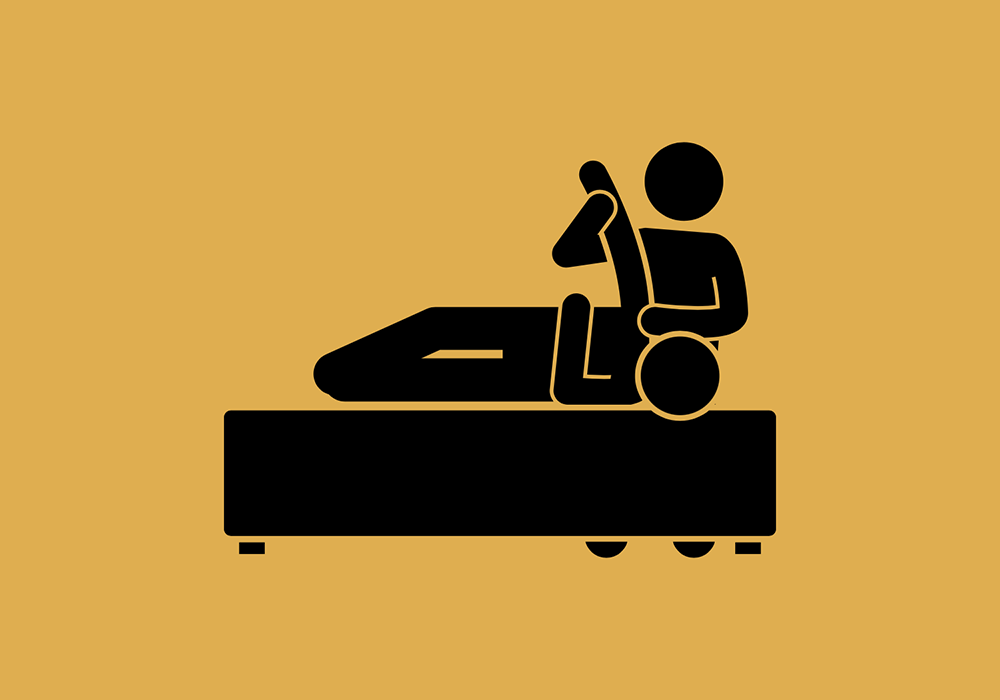Custom orthotics are an integral component to your care plan when prescribed by your chiropractor.
Foot alignment and movement impacts all joints up the kinetic chain when we are standing, walking, running, and even sitting – which may be surprising! Our feet are literally the foundation which we walk upon and will influence function in our ankles, knees, hips, low back, as well as up into the neck. What this means is that your headaches could in fact be stemming from abnormal mechanics in the foot! Though this may be true in some cases, abnormal foot mechanics are more frequently linked with pain and injury in the foot itself, the legs, and the low back. For some people a custom orthotic is the key to stabilizing the corrections that have already been made through adjustments, soft-tissue therapy, and exercise prescription. Changes made by the orthotic arise from the structural correction that limits excessive and abnormal motion of the foot, helps redistribute abnormal forces, and also provides proprioceptive input to the brain which helps us to activate appropriate muscles in a more efficient way. If you are keen to learn more about how the foot functions and contributes to your neuromusculoskeletal health, read on!
Our feet function as both shock absorbers and rigid, propulsive levers. If these are two functions seem like they may be contradictory, you are correct as these are opposite functions. However, shock absorption and propulsion can both be accomplished by the foot through pronation and supination. Pronation normally occurs when our heel strikes the ground until when our foot reaches midstance. Midstance is when we are fully supported on one foot just before we start to push off, and pronation is the movement of bones of the foot that cause the arch to collapse a bit because they are absorbing forces from the ground and from our body weight. Too much collapse or abnormal timing of this phase during walking or running is what is called overpronation and is the most common dysfunction of the foot during weight bearing activities. Overpronation, among other things, is a contributor to bunion formation, knee pain and joint degeneration; tendonitis in the lower extremity, as well as spinal conditions.
A less common scenario related to pronation is when the foot is less flexible and doesn’t pronate sufficiently to allow the foot to absorb the forces when in contact with the ground, which also reduces the area of the foot that you walk on. In these kinds of situations where the foot motion is lacking, the joints up the chain like the ankle and hip, and the muscles that move them are forced to take on a greater job than what they are designed for. As shock absorbers include muscle and cartilage, these structures undergo excessive, repetitive stress and often leads to injuries over time such as tendonitis and joint degeneration. As you may see already, too much or too little motion tends to lead to problems further down the road, and we see another version of the Goldilocks principle emerge: it all has to work together ‘just right.’ One of the overarching goals of orthotic therapy when we look at the whole body as a system, is to help the body work together, to share the load and train better movement patterns which allows injuries to heal and also prevent them from occurring.
Going back to foot motion, moving from the foot being flat on the ground to the toe coming off we see supination take on a greater role. During this phase the bones of the foot become more closely packed together (rigid) and the arch becomes higher so that there is more efficiency in force transmission pushing us off the ground: the foot should become a propulsive lever. The foot is also in a supinated position as we make contact with our heel to initiate the next step and under normal circumstances it progresses into pronation once the heel strike occurs. Excessive and abnormal timing of supination during push off or first contact with the ground is less common than overpronation but can be a contributor to the development of injuries like stress fractures because the bone of the will be absorbing more forces that the joints in the foot do not. This insufficient shock absorption occurring in the supinated foot causes the cartilage, tendons, and ligaments of all other weight bearing joints to experience repetitive stress and strain as they compensate by taking on a greater shock absorption role. When this occurs, we may see premature degeneration of cartilage and development of osteoarthritis among many other conditions.

Approximately 30 percent of the population have what we call ‘normal’ feet which are classified based on the presence of 3 key structural criteria and a gait analysis. These are the people who have just enough pronation to help with shock absorption and have good contact of the foot on the ground, followed by efficient supination, all with appropriate timing. Now, the idea of trying to determine whether you have normal feet or not is probably a bit overwhelming. This is where your chiropractor can help because they are highly skilled at assessing the quality of movement and alignment of joints throughout the body, including the feet.
During your orthotic casting appointment, your chiropractor will first adjust the spine and lower extremities as they find necessary to reduce tension in the body and establish an ideal alignment off of which to assess your feet. Your chiropractor will then observe your feet both weight bearing and non-weight bearing, will watch how you walk, and will create an impression of your feet from which your orthotics will be made.
FAQs
All orthotics are made by first creating a non-weight-bearing impression of the foot in its neutral position. This impression (the ‘negative’) is created in foam and then sent to The Orthotic Group in Ontario where the negative is scanned by the technicians and a positive is made. Engineered copolymer plastic is formed over the positive to create an orthotic and further modifications are applied to this foundation to fulfill your orthotic prescription.
For most extended health insurance carriers, you do not require a medical doctor to refer for orthotics in order for them to be covered, but it is always advisable to check with your provider beforehand.
When you receive your orthotics, you will also receive a letter for your insurance carrier which has been completed by your chiropractor and details the medical necessity of your prescription.
A good foundation off of which to initiate orthotic therapy is of course a good shoe. Fortunately, your orthotics can be made to fit in narrow dress shoes, athletic shoes, casual shoes, or a shoe can be made with your own customized insole. The caveat is that typically there is not one kind of orthotic that fits all shoes. When you are discussing orthotic therapy with your chiropractor, they may ask you to bring in the shoes that you wear most often to ensure the orthotic will fit well and to create an orthotic that is as versatile as possible. In some cases, it may be recommended to get 2 pairs of orthotics, for example one pair for dress or casual shoes and another pair for athletic activities.
Not necessarily. Every case is different, but research has shown that wearing orthotics for as little as 4 months can improve foot mechanics during walking without the orthotic. This is because the orthotic provides input to your nervous system about how it should be aligned and also helps activate the intrinsic muscles of the foot in an appropriate way. An orthotic prescription is valid for approximately 2 years at which time a reassessment would be indicated: depending on your condition and changes observed your chiropractor may recommend further orthotic use or for you to stop orthotic use.
Similar to breaking in shoes, orthotics should be worn for a short period at first, typically an hour the first day after which you double the amount of time with the orthotic in your shoes as long as you are not experiencing significant discomfort. It is also recommended to start wearing your orthotics during lower impact activities like walking before using them in high impact activities like running or playing sports.
Yes, this is normal. Because the orthotic is changing the position of your foot and how it moves, muscles throughout the body will be activating in a much different way than they used to. During the initial break-in period for the orthotic it is important to see your chiropractor periodically for adjustments to help your body adapt to the new mechanics as well as address any new symptoms and pains you may be feeling as your body gets used to them.
With a new prescription, there is a 6-month warranty where repairs and modifications can be done free of charge. After this time if additional repairs or modifications are required, there may be a nominal charge which covers approximately the cost of shipping.
Short answer: it depends.
We do believe it is important to improve function and activation in all areas of our body, including our feet! What is important to remember is that as a society we have been putting our feet in shoes which are generally a tighter fit with a rigid sole for years. Because of the shoes we wear, our foot does not function the same way as if it was shoeless while adapting to uneven and grassy terrain where the intrinsic muscles of the foot would be activated. Wearing shoes reduces the functional challenges to the foot over the course of years and some of the intrinsic muscles will atrophy.
To return these muscles to their optimal function will in turn may also take years to achieve. To improve function of the foot muscles, specific exercises may be prescribed, or your chiropractor may recommend activity like yoga where you practice barefoot. In these cases, the deliberate foot exercises will serve to achieve appropriate stabilization of the foot in a way that is beneficial your overall condition. Orthotics also serve to improve muscle activity and balance in the foot, and from our experience we find that with orthotic therapy, improvements in foot function and overall condition happen faster than by exercise alone.
However, there are many cases where exercises alone will be insufficient. These are cases where the structural relationships (angles) between different parts of the foot lead to much greater difficulty in stabilizing the foot, while in other cases the foot is too rigid and unable to appropriately absorb forces – causing compensation up the kinetic chain into the ankles, knees, hips, and low back. In any event, it is always best to discuss the treatment plan and alternatives with your chiropractor to determine the best course of action for you.


